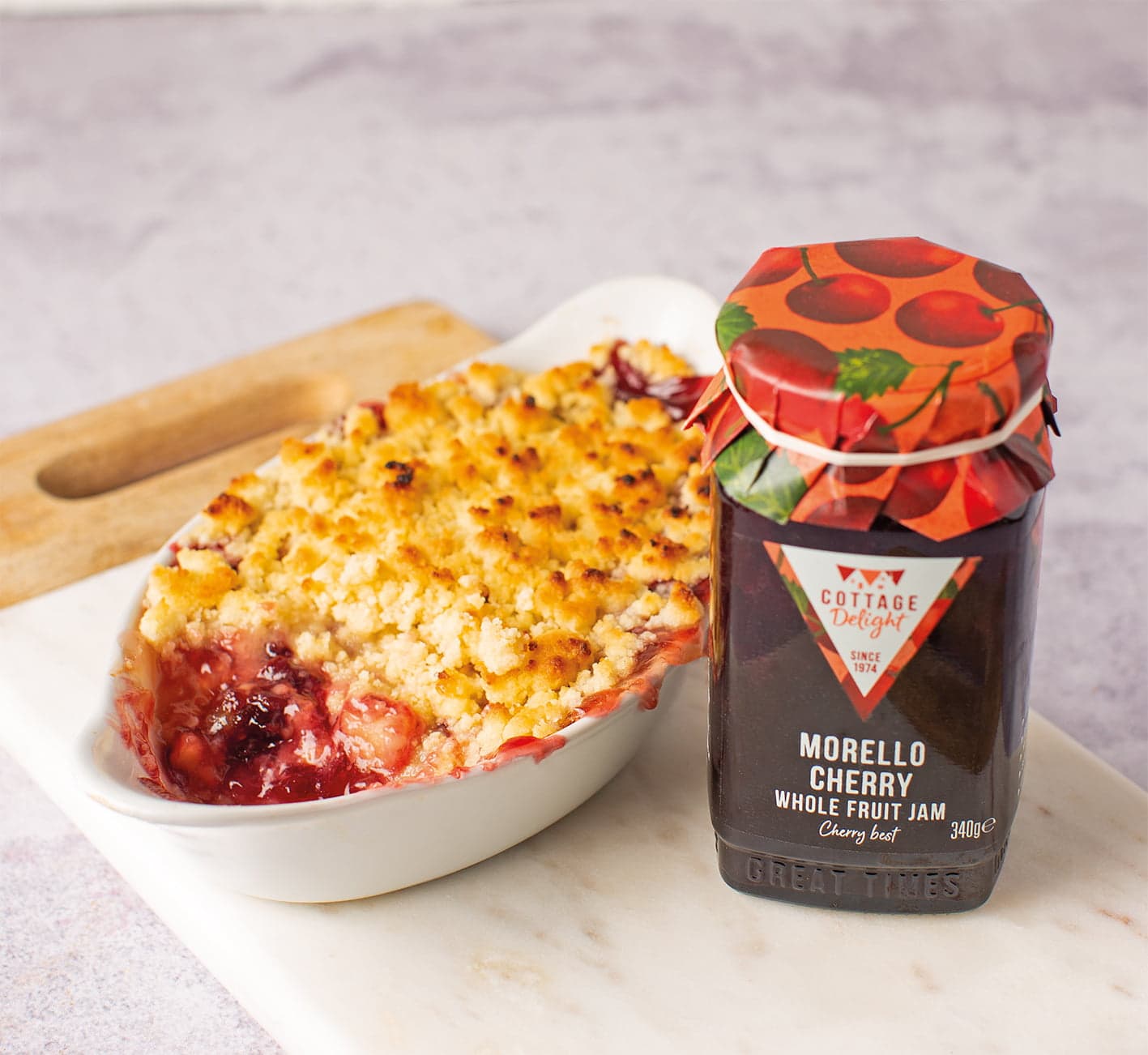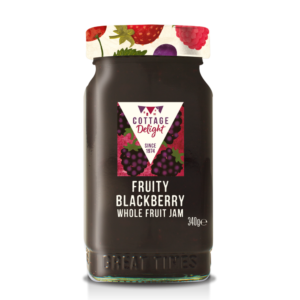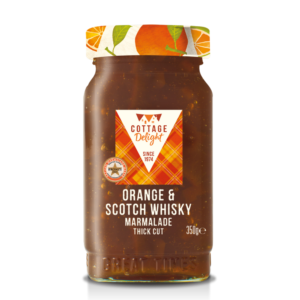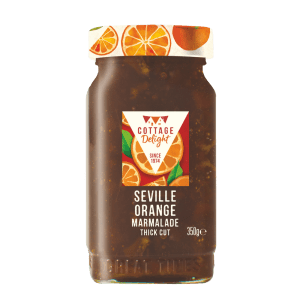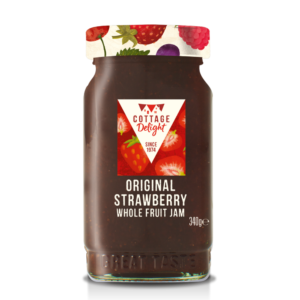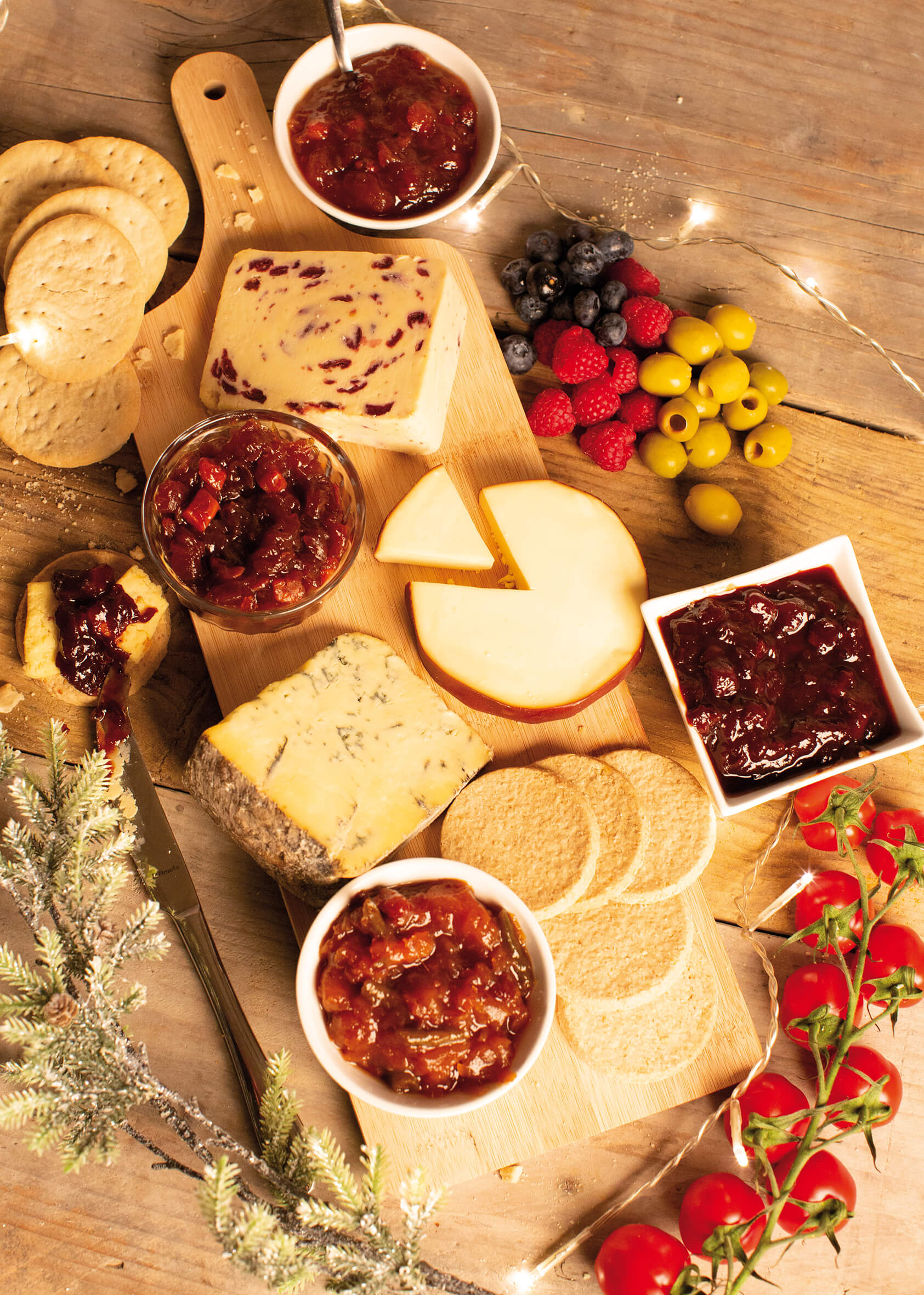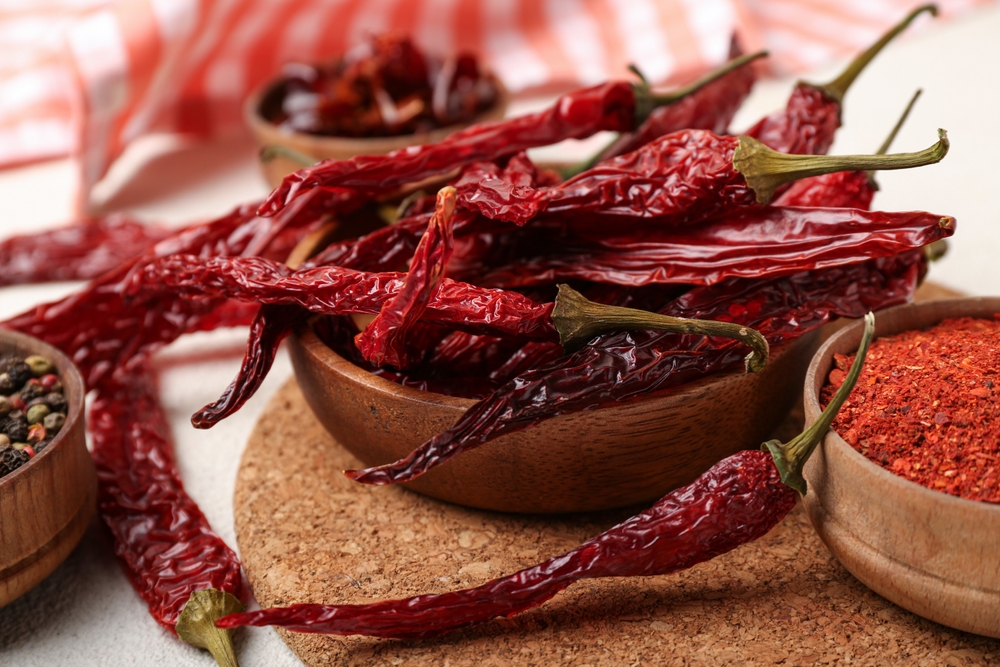Difference between jam and marmalade
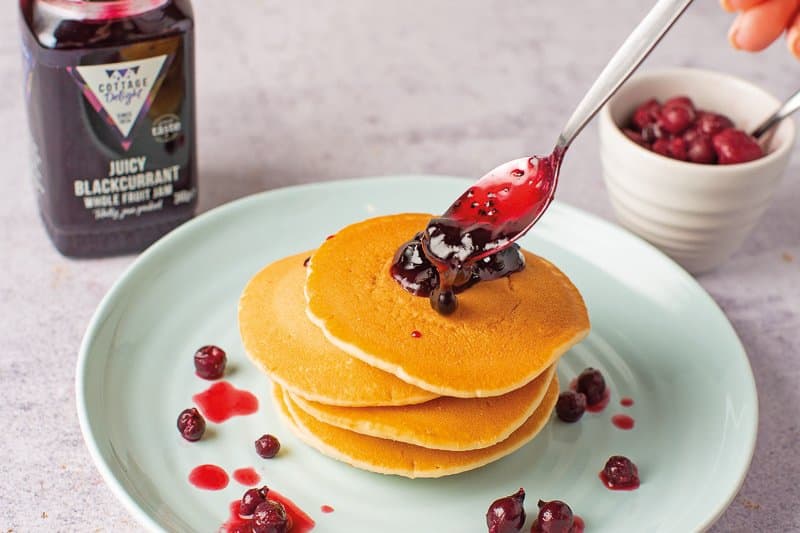

Our morning toast wouldn’t be the same without a slather of jam on top. And what would Paddington Bear’s sandwich be without marmalade? While browsing in the shops, you’ll find rows and rows of colourful fruit spreads labelled jam and marmalade, but what exactly is the difference between these so called ‘cousins’?

The difference between jam and marmalade
There are many similarities between jam and marmalade. Firstly, both can be used in baking, adding zing to your food, or glazing meats. Secondly, consistency and texture can be very similar, both a thicker texture. The preparation, ingredients and methods of jams and marmalades are considerably different…
What is jam?
Jam is made with whole fruit cut into pieces or crushed, then heated with water and sugar until it reaches “setting” point, which is achieved through the action of natural or added pectin. It is then sealed in jars. Jams are often uneven, lumpy, and not as spreadable as a jelly.
There are many different names for fruit preserves. However, the fundamentals are all the same, whether or not you are making a jam, fruit preserve, compote, jelly or marmalade. The results are a mixture of fruit and sugar that has been boiled so that it will set, with the main differences being consistency, colour, texture, flavour and clarity.
Types of jam
CHUTNEY
A spiced condiment rather like a savoury jam, chutney originates from India and is made with a mixture of fruit, vegetables, sugar, vinegar and spices. The amount of spices can vary greatly from recipe to recipe.
COMPOTE
A compote is a thick syrup that features whole pieces of fruit, often being served as a dessert with cream. Berry fruits are traditionally used to create this dish.
CURD
Curd is a creamy dessert spread made using a mixture of sugar, butter and eggs, as well as the juice and zest from citrus fruit. The ingredients are gently cooked on a low heat until a smooth paste is formed.
JELLY
The American name for jam, jelly is made by combining fruit juice, rather than pieces, with sugar. Pectin or a similar setting agent is a necessary addition to form the texture.
MARMALADE
Marmalade is rather like a citrus-based jam / jelly, with pieces of citrus peel and fruit being suspended within the set mixture. Marmalades originate from Roman times and can be made using a wide range of citrus fruits.
JAM
Jam is made from chopped or pureed fruit (rather than fruit juice) then cooked down with sugar. Its texture is usually looser and more spoonable than jelly, it can be purchased with seeds or without depending on personal preference.
Our jam jars may have been on a journey, however our award-winning recipe has stayed the same for 50 years.
First carefully crafted in Nigel’s home kitchen, our best-seller is still patiently prepared by hand in rural Staffordshire.
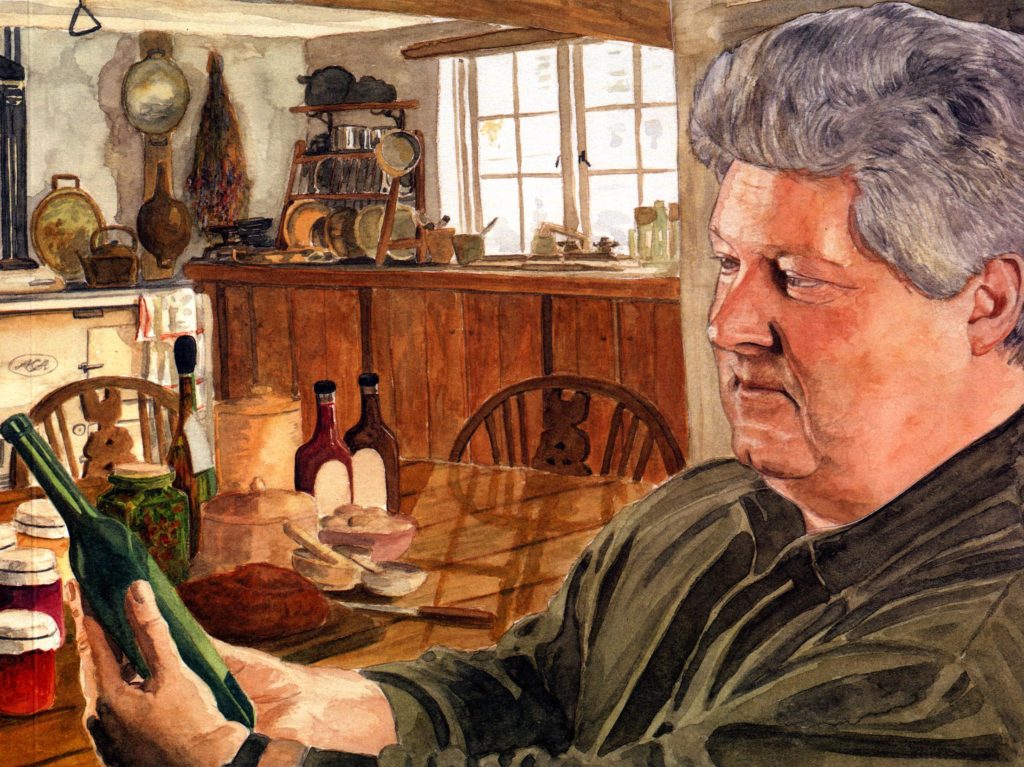
Our sweet jams include traditional flavours such as Strawberry, Raspberry, Blackberry, we also have twists on traditionals including, Rhubarb & Stem Ginger. Our sweet jams are perfect for Afternoon Tea scones, baking, or even adding to cocktails!
If it’s a traditional jam you are looking for then our Fruity Blackberry Jam will hit the spot. Enjoy blackberries all year round with Cottage Delight’s Blackberry Jam, packed full of succulent, juicy berries in a soft set jelly. A fragrant jam without being too sweet, it has the perfect balance of a sweet and fresh berry taste. We loved creating simple to make, delicious Blackberry Millefeuille and filling them with fresh cream and our rich Blackberry Jam. Perfect for an afternoon treat. Simply spread on fresh bread or toast. Our Blackberry Jam makes an ideal filling for sponge cakes too.
Looking for a warming kick? Our Great Taste Award Winning Stem Ginger Jam is a luxury preserve packed full of stem ginger to create a luxurious preserve with a nostalgic flavour and comforting texture. Our Ginger Jam makes a delicious sauce for desserts and steamed puddings, or simply slather over warm buttered crumpets, create your own jam tarts or use as a glaze for salmon.
Take a walk on the wild side and opt for your Wild Blueberry Whole Fruit Jam, We select the juiciest wild blueberries to create a shimmering blue preserve with a fresh and fruity flavour. Drizzle over pancakes, use as a topping for breakfast waffles or a sweet sauce for cheesecake.


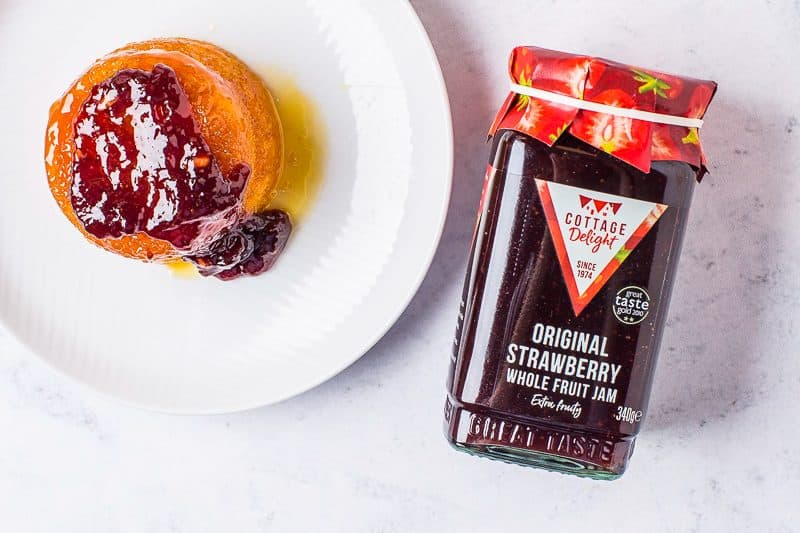

What is marmalade?
Marmalade is rather like a citrus-based jam, with pieces of citrus peel and fruit being suspended within the set mixture. Marmalades originate from Roman times and can be made using a wide range of citrus fruits. Marmalade is usually made from citrus fruit like oranges. The process to make marmalade involves the juice and peel of citrus fruits boiled with sugar and water. Typically, marmalade is clearer in colour, and it has a chunky texture from the pieces of included peel.
Types of marmalade
There are a few varieties of the texture of marmalade and arguments around the breakfast table to personal preferences. Amongst the most popular are:
- Thick Cut–the orange peel in the mixture is cut into thick chunks creating a tangy bitter flavour. Our Classic Breakfast Thick Cut Marmalade is the perfect choice for people who prefer that richer, deep flavour that is full of character.
- Thin Cut–the orange peel is shredded finely resulting in a softer flavour and texture. Our Classic Orange Thin Cut Marmalade is a great choice for those who prefer thinner cut marmalades.
- Vintage–marmalade left to mature for a denser, richer flavour.
- Black–made by adding brown sugar or black molasses.
Our marmalade selection
When it comes to marmalade, we know what we’re doing. We have been slowly stirring our classic collection of thick and thin cut marvellous marmalades in the heart of our Staffordshire Moorlands kitchen for nearly 50 years. We use decades of experience to create an unbeatable balance of texture and flavour.
We offer a variety of citrus marmalades, from the more traditional flavours; Blood Orange, Classic Orange and Breakfast Marmalade. To a modern twist featuring boozy accompaniments; Orange & Scotch Whisky and Gin, Orange and Lemon.
If it’s a quintessential marmalade you are looking for, you can’t go wrong with our Classic Orange, a perfect blend of the juiciest Spanish oranges with a zesty citrus kick. It’s not just for spreading on toast either; rustle up our Marmalade Muffins next time you are in the mood for something sweet.
Looking for Spanish sunshine within your marmalade? We select only the tangiest Spanish Seville oranges to create this classic our Seville Orange Thick Cut Marmalade with extra zesty flavour. Spread over toasted brioche, stir through warm porridge, or use as a marinade for roasted pork chops. Lovely as a filling for sponge cakes or with fruit scones for afternoon tea.
For a boozy twist, how about our Orange & Scotch Whisky Thick Cut Marmalade? Made with real scotch whisky and Spanish oranges to create a fine citrus flavour with a warming kick. Use as a glaze for roast ham, add to slump cake or create zingy cocktails.
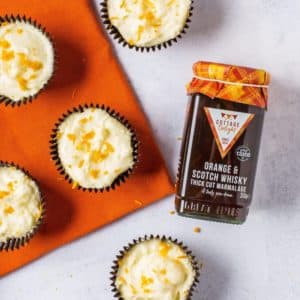

Difference between jam and marmalade
Jams are made from one type of fruit or vegetable, whereas marmalade must use a citrus fruit in its preparation. Jams use the entire fruit by crushing, pureeing and cooking, whereas marmalades consist of the citrus peel, pulp and the juice (not the whole fruit).
So, in short, here’s your cheat sheet:
- Jelly: fruit juice + sugar
- Jam: chopped or pureed fruit + sugar
- Marmalade: whole citrus (either chopped or left intact) + sugar
Common questions about the difference between jam and marmalade
- Why is it called marmalade and not jam? The word “marmalade” is borrowed from the Portuguese ‘‘marmelada’’. Marmalades contain the peel of the fruit as opposed to the whole fruit which jam is made from.
- Is marmalade just orange jam? No, orange jams use the entire fruit by crushing, pureeing and cooking, whereas marmalades consist of the citrus peel, (not the whole fruit).
- Is marmalade healthier than jam? Both jam and marmalade are marginally healthier than jelly, which is made with fruit juice, so doesn’t have any fibre from the fruit pieces. Marmalade and jam have similar nutritional properties making them pretty much the same in terms of healthiness. Both are high in vitamins such as vitamin c, low in fat, low in sodium but tend to be high in sugar.
- What makes a jam marmalade? Jams are made from one type of fruit or vegetable, whereas marmalade must use a citrus fruit in its preparation. Secondly, jams use the entire fruit by crushing, pureeing and cooking, whereas marmalades consist of the citrus peel, (not the whole fruit).
- What do the French call marmalade? The French call marmalade confiture.
- Is jam and jelly the same? No, Jam is made with chopped or pureed fruit whereas Jelly is made with fruit juice




PRODUCTS USED IN THIS BLOG
Take a look at some of our delicious jams and marmalades.




Other blogs you might like to read
